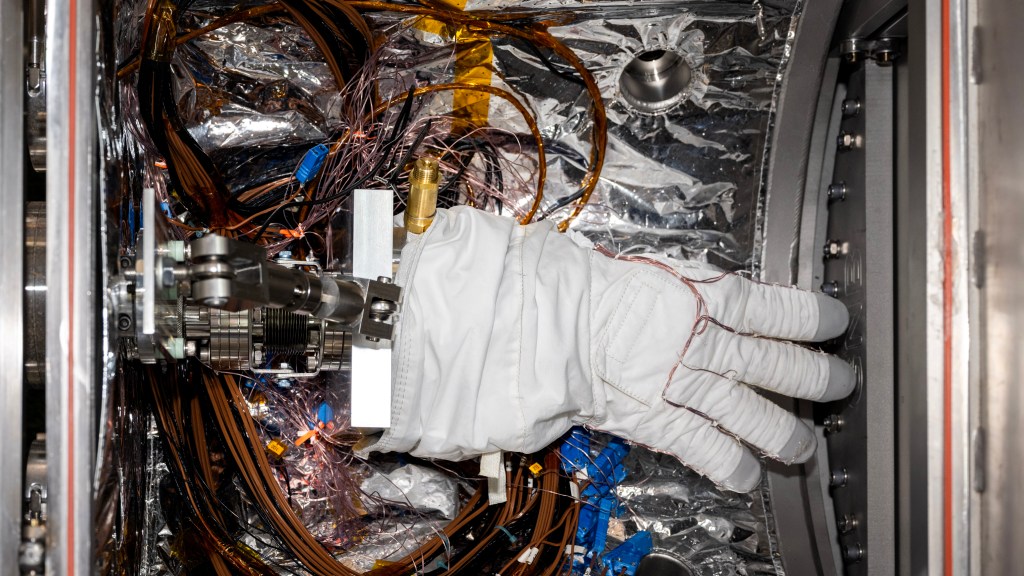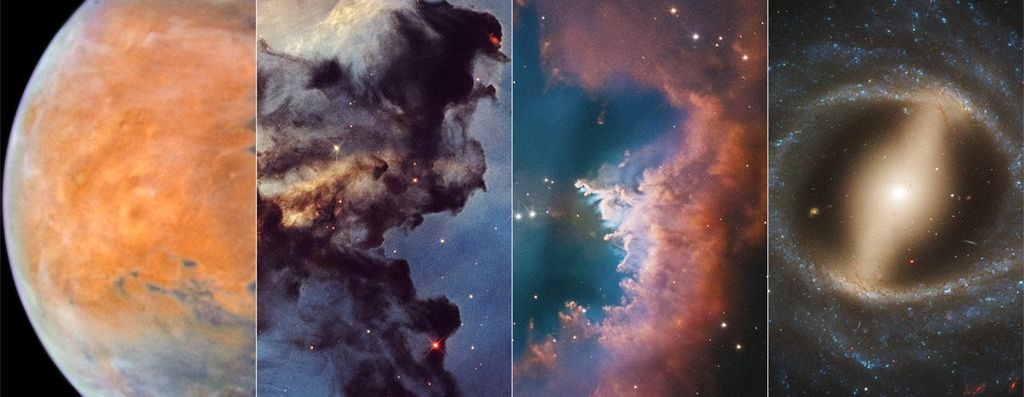LMM Biophysics-2 (LMMBIO-2)
Science Objectives
The Light Microscopy Module Biophysics-2 (LMMBIO-2) investigation characterizes the behavior of dense liquid clusters at different rates of convection, utilizing differential dynamic microscopy. In microgravity, near-zero flow states can be maintained for long time periods, providing a baseline against which to compare sheared fluids. LMMBIO-2 also tests whether, at moderate to high concentrations, a fraction of a protein exists in a dense liquid phase, and whether crystal nucleation occurs when a small, ordered domain forms within the concentrated liquid-state environment of one of these particles.
Status
The experiment has concluded, and science is being evaluated.
Experiment Description
The main objective of Light Microscopy Module Biophysics-2 (LMMBIO-2) is to understand why protein crystallization experiments in microgravity have often generated unexpectedly low or high numbers of crystals. Both outcomes may negatively affect experiments designed to obtain a small number of well-separated crystals for x-ray structure studies.
Space Applications
Defining and characterizing dense liquid clusters is significant for the understanding and control of crystal nucleation. In addition, low volume fraction dense liquid clusters may be universal in concentrated systems. These processes can contribute to development of new materials for use in future spacecraft.
Earth Applications
Light Microscopy Module images provide data that help scientists and engineers understand the forces that control organization and dynamics of matter at microscopic scales. The organization and movement of matter on the microscopic level profoundly affects the macroscopic world and understanding such processes contributes to development of more efficient materials and machines for application on Earth and in space.





























